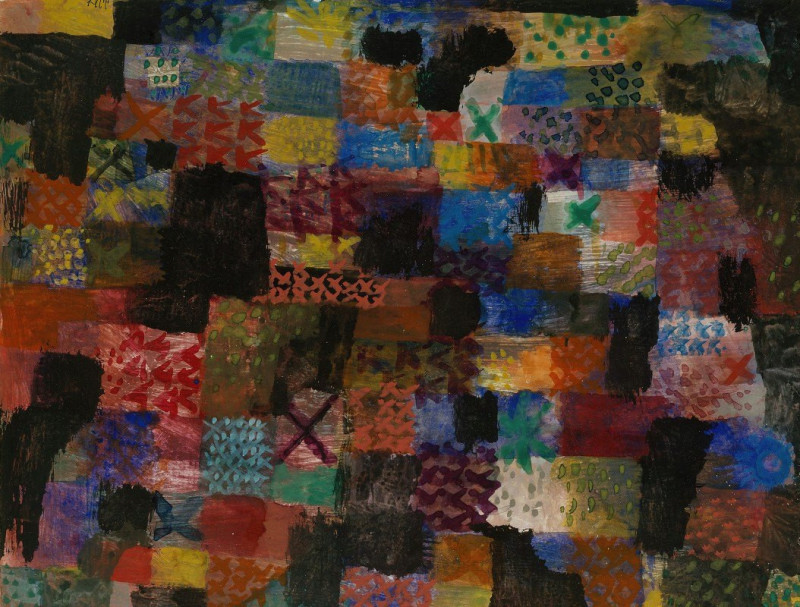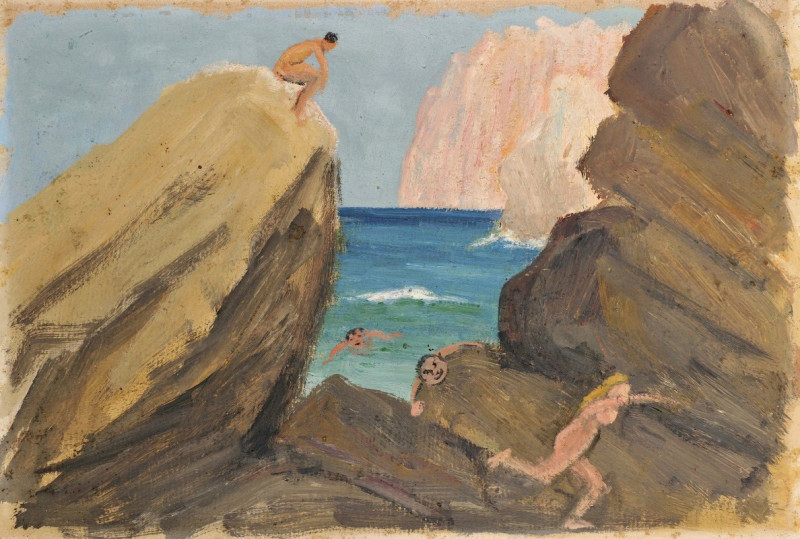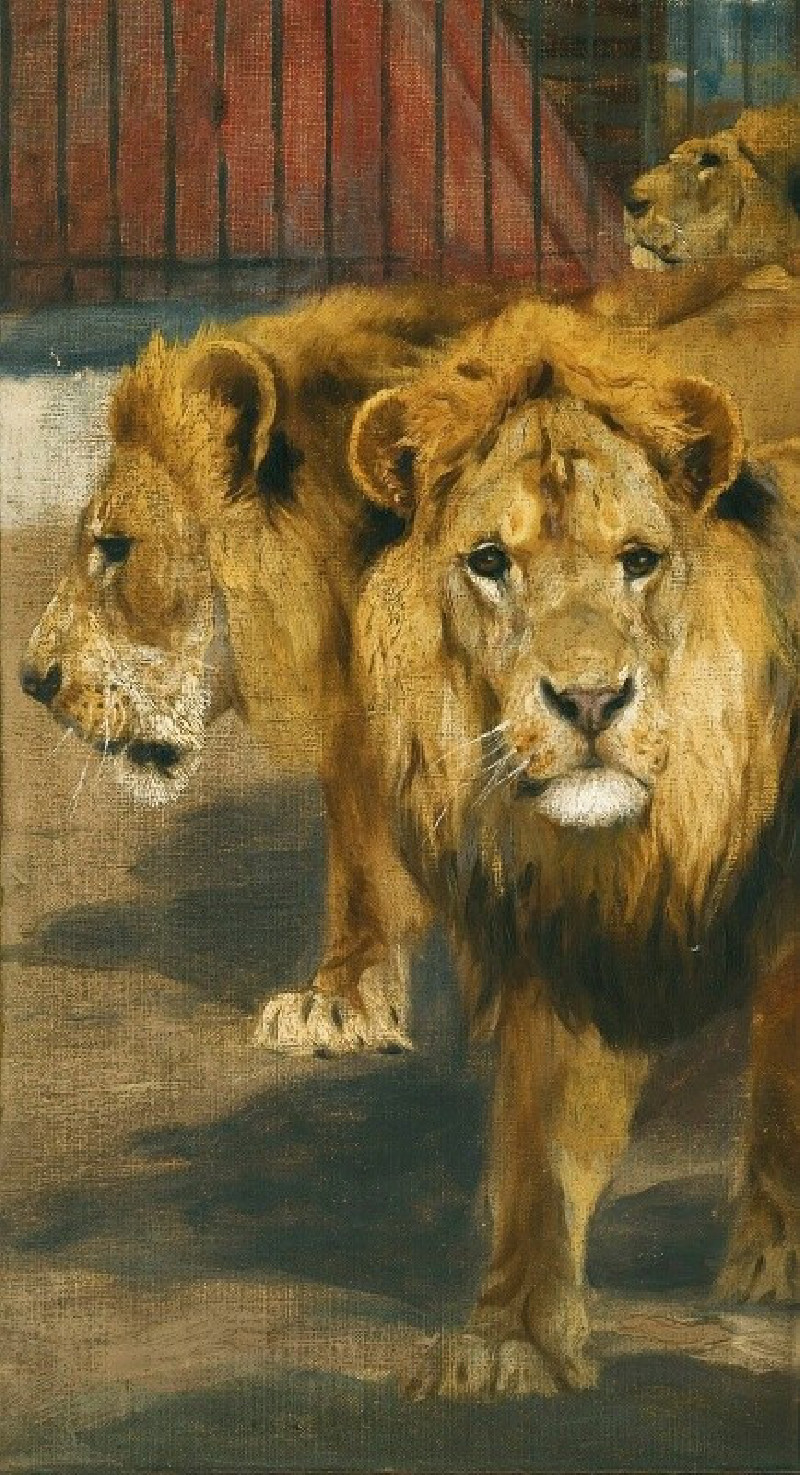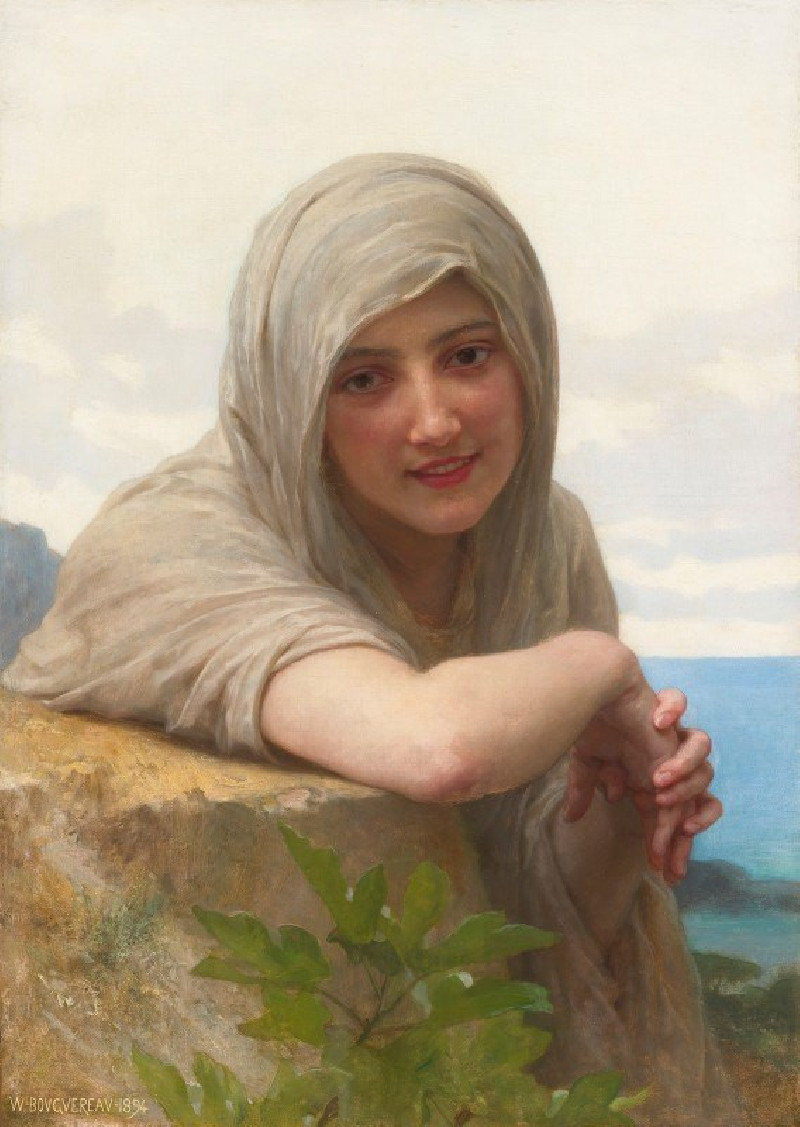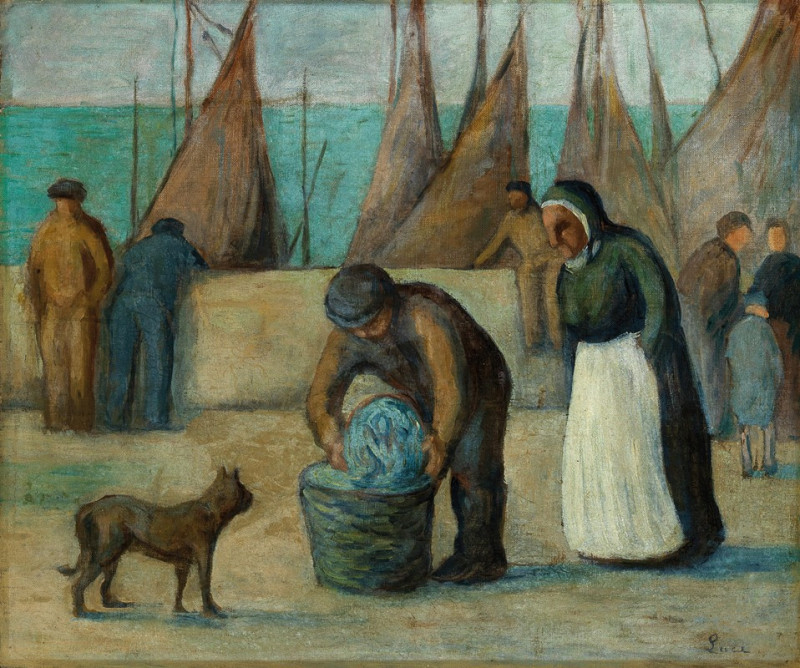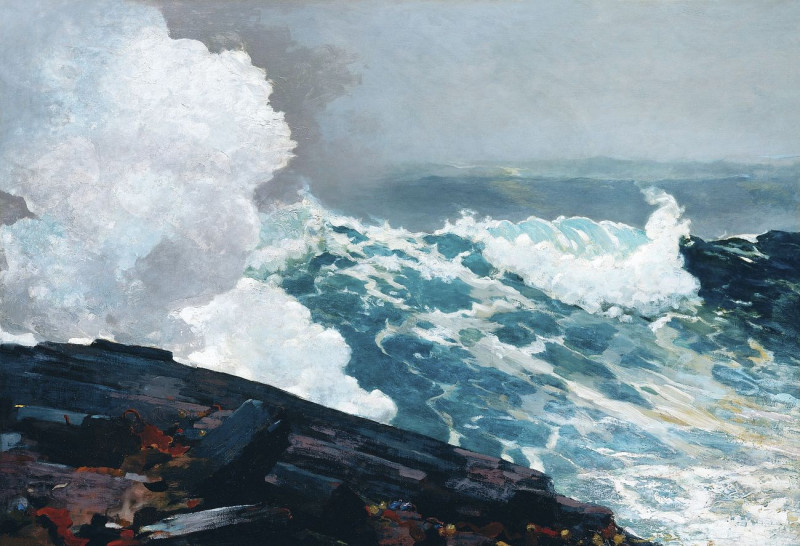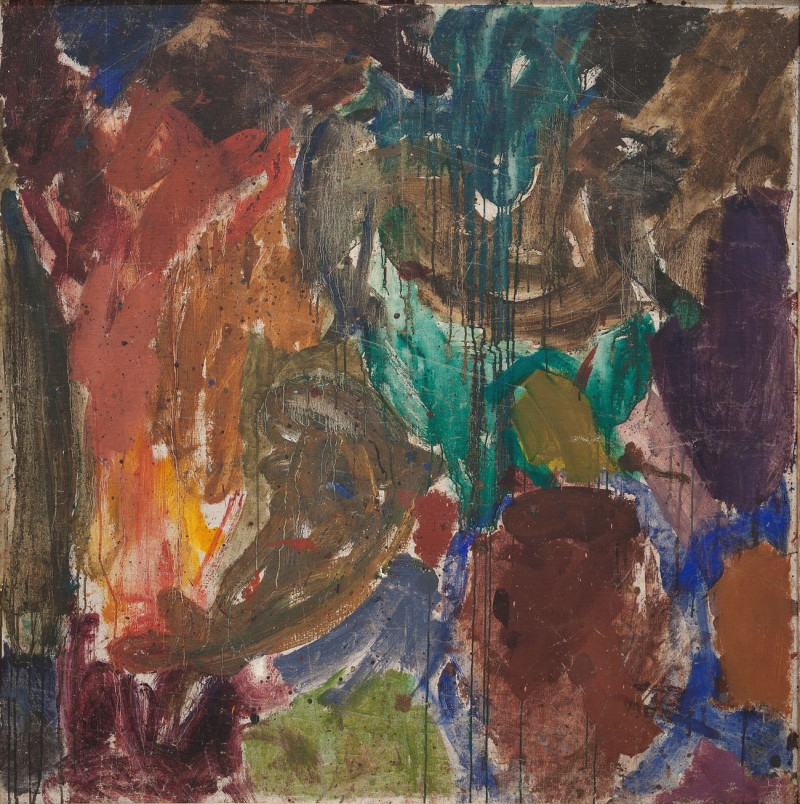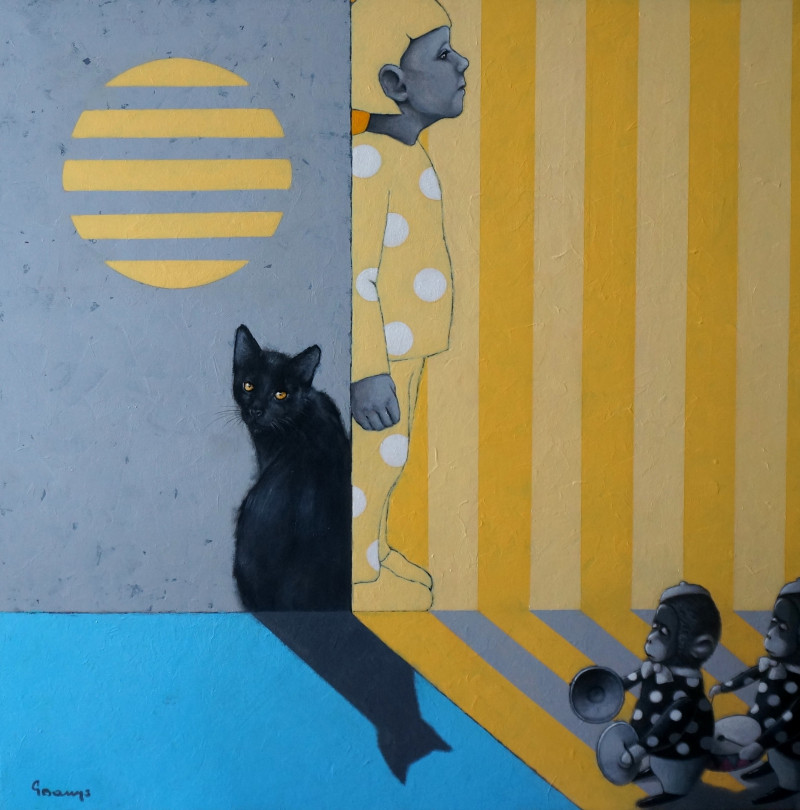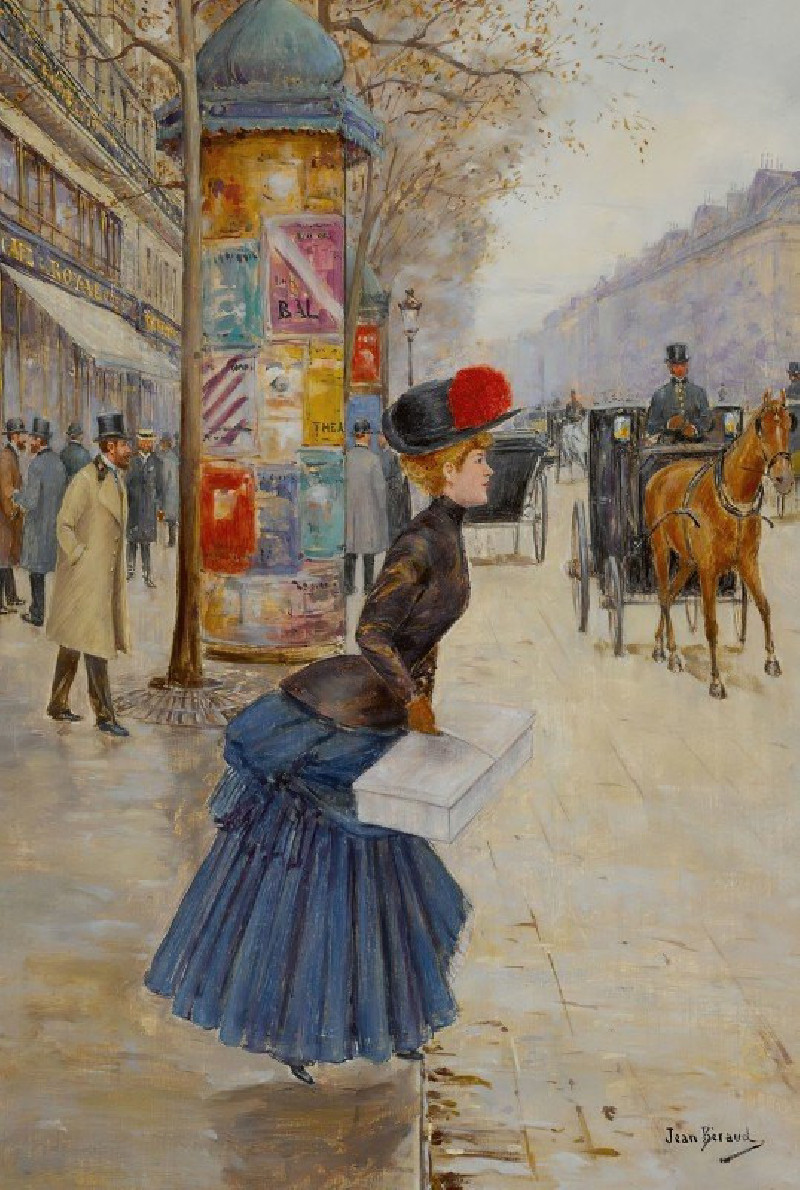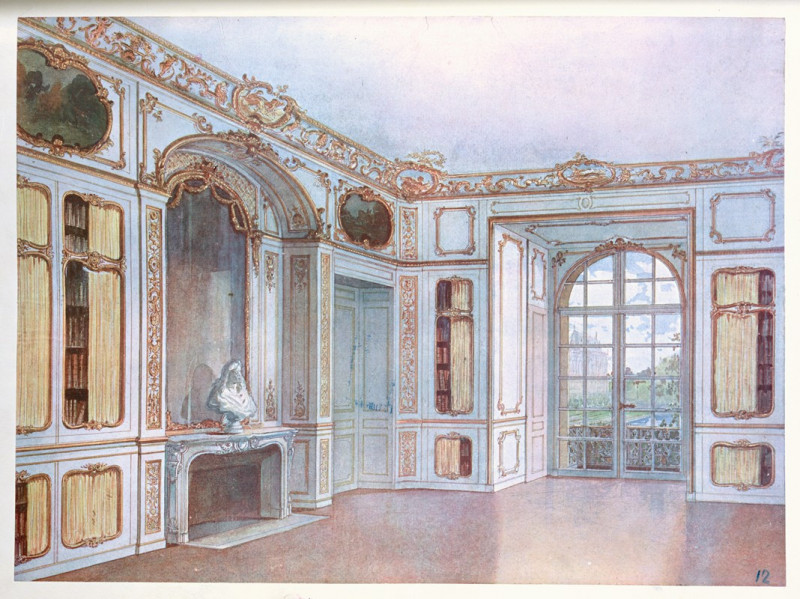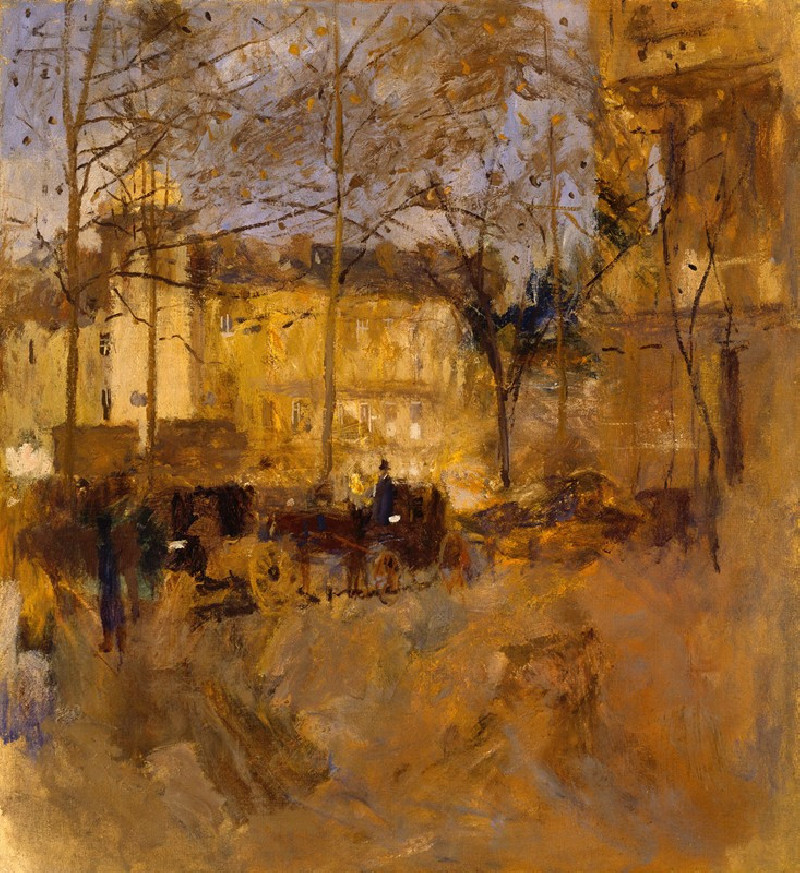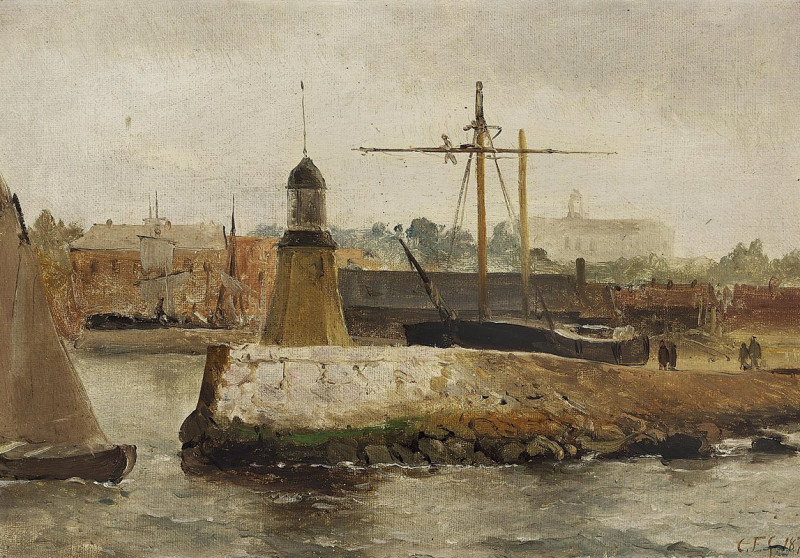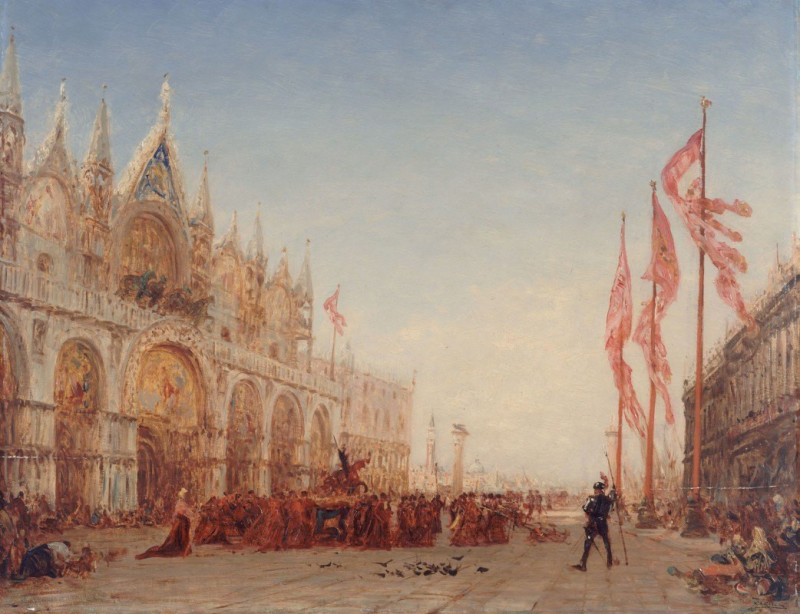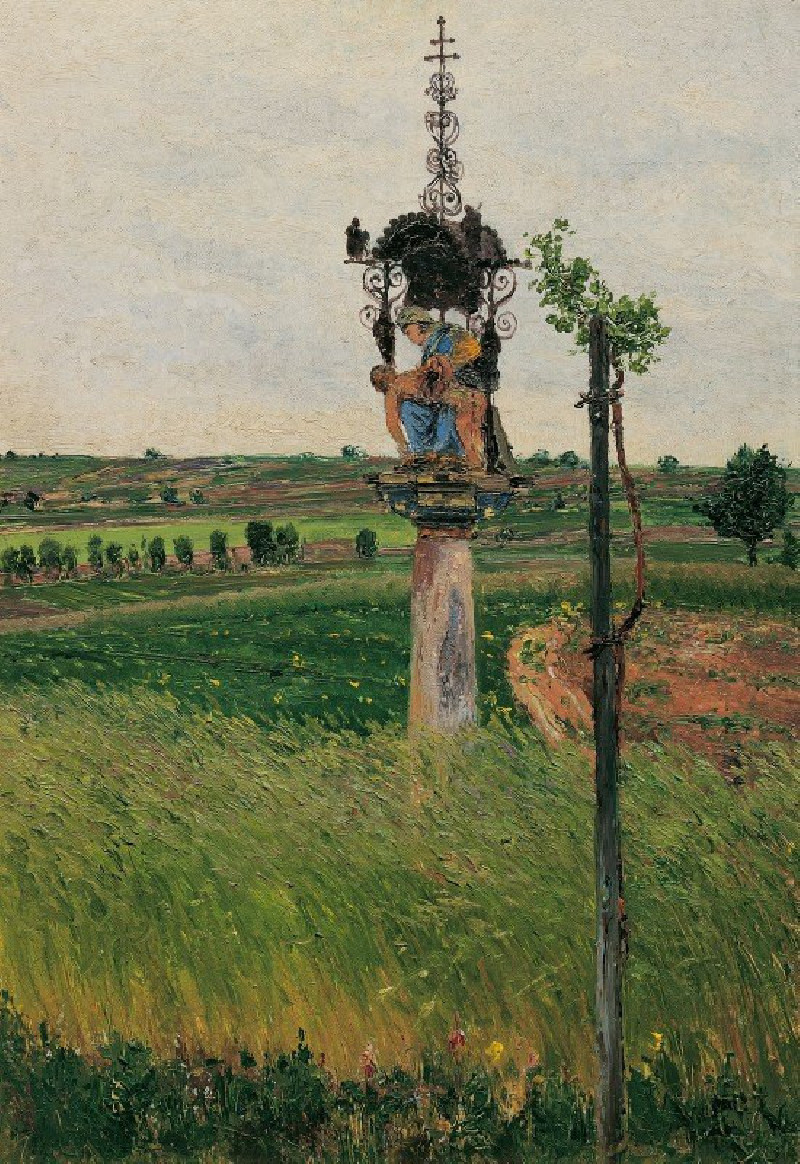Deep Pathos (1915)
Technique: Giclée quality print
Recommended by our customers
More about this artwork
"Deep Pathos," painted by the esteemed artist Paul Klee in 1915, invites viewers into a complex labyrinth of emotion and color. This vibrant piece is a fascinating canvas of abstract shapes and patches that blend seamlessly into one another, creating an enigmatic tapestry that is both intriguing and mystifying.The painting is marked by an array of colors that range from deep, somber blacks to vivacious reds, blues, and greens. Klee masterfully uses pattern repetition and variety, with different motifs scattered across the canvas like pieces of a narrative waiting to be deciphered. Symbols such as crosses, stars, and geometric forms suggest a hidden depth and possibly reflect the artist's inner contemplations or responses to the world around him during that tumultuous time.Every square inch of "Deep Pathos" speaks to Klee's pioneering spirit in the abstract movement, illustrating his unique ability to convey profound emotional experiences through meticulous yet seemingly spontaneous compositions.
Delivery
Returns
Paul Klee was a Swiss-born German artist. His highly individual style was influenced by movements in art that included expressionism, cubism, and surrealism. Klee was a natural draftsman who experimented with and eventually deeply explored color theory, writing about it extensively; his lectures Writings on Form and Design Theory (Schriften zur Form und Gestaltungslehre), published in English as the Paul Klee Notebooks, are held to be as important for modern art as Leonardo da Vinci's A Treatise on Painting for the Renaissance.

